How To Sell On Shopify Without Inventory?
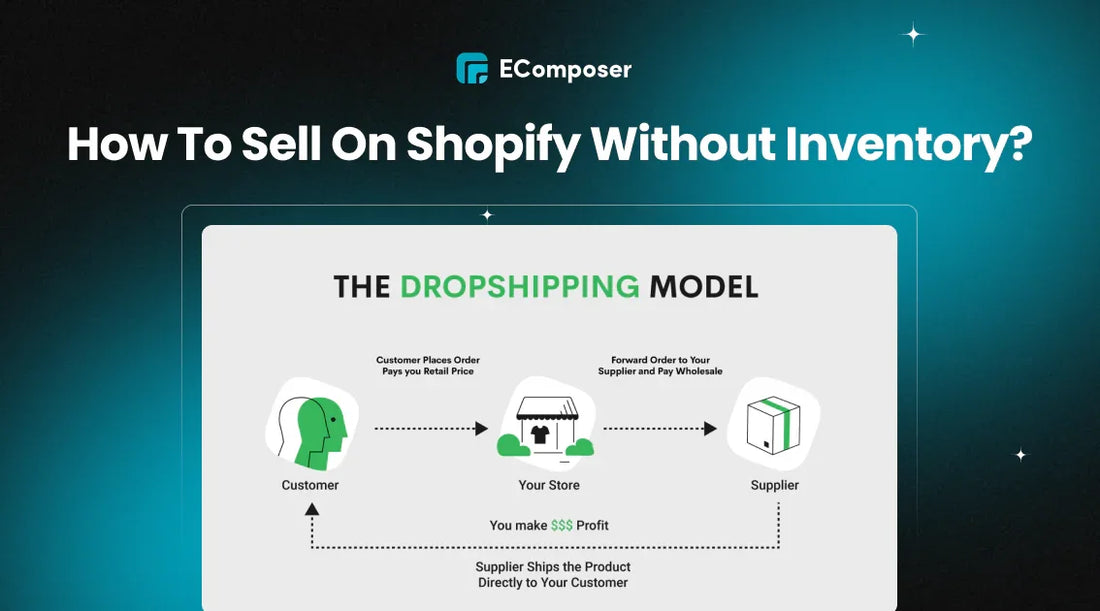
Table Of Contents
Can you sell on shopify without inventory? Yes, you can. Luckily, there are seven effective ways to sell on Shopify without having to inventory.
7 Ways To Sell Your Product Without Inventory
Here are some ways you can use Shopify to sell your item without having any in stock:
Option 1: Dropshipping On Shopify
Dropshipping is a common way to run a business because it lets you sell things online without having to keep track of your own stock. You just work with suppliers, and those suppliers send orders straight to your buyers.
How dropshipping works:
- Step 1: Choose products from a wide range of suppliers.
- Step 2: Market your products on your Shopify store.
- Step 3: The provider is told when a customer makes an order.
- Step 4: The supplier ships the product directly to your customer.
|
Feature |
Advantages |
Disadvantages |
|
Startup Costs |
Low initial investment. |
Requires ongoing marketing and advertising costs. |
|
Inventory Management |
No need to store or manage inventory. |
Less control over product quality and shipping times. |
|
Scalability |
Easily expand product offerings. |
Increased complexity in managing multiple suppliers. |
|
Flexibility |
You can work from anywhere as long as you have internet access. |
Reliance on third-party suppliers for order fulfillment. |
|
Risk |
Lower financial risk due to no upfront inventory costs. |
Higher risk of supply chain issues and customer dissatisfaction. |
|
Profit Margins |
Lower profit margins due to supplier fees and shipping costs. |
Potential for lower customer loyalty due to lack of brand control. |
|
Customer Service |
More complex customer service issues, especially regarding returns and exchanges. |
Difficulty in building a solid brand identity. |
When you drop-ship, you need to find a dropshipping supplier that you can trust. We have a comprehensive guide to finding a dropshipping supplier.
For example, it can be a lot easier to do selling with Shopify if you get an app like DSers, which is an all-in-one option that cuts down on manual work. It chooses suppliers that have a wide range of products and fast shipping. The tracking and shipping information you get is also instantly shared.
Find more apps at [+17] Dropshipping Suppliers for eCommerce Success.
DSers tracking automation feature.
Is Dropshipping Right For You?
If you want an easy-to-grow business, you like a lot of ready-made goods made by third-party delivery centers. It's important for people who choose this choice that it's easy to set up and add new items quickly. But you have less control over the quality of the products and how long it takes to ship them.
Option 2: Print-On-Demand (POD) Services
Print-on-demand (POD) is a popular method of selling products on Shopify without having to maintain inventory. This quick procedure allows you to make and market one-of-a-kind products like t-shirts, mugs, and phone covers without ever having to handle the actual objects.

Printify features to customize the t-shirt.
How Print-on-Demand works:
- Step 1: Create unique designs using design tools or hire a designer.
- Step 2: Choose products from a wide range of options offered by POD providers.
- Step 3: Upload your designs to your Shopify store and set your prices.
- Step 4: When a customer makes an order, the POD service copies the item right away and sends it right to the customer.
Read the complete guide to create a Shopify Print on Demand store.
|
Feature |
Advantages |
Disadvantages |
|
Startup Costs |
Low initial investment. |
Ongoing fees for each product produced and shipped. |
|
Inventory Management |
No need to store or manage inventory. |
Less control over product quality and shipping times. |
|
Scalability |
Easily expand product offerings. |
Increased complexity in managing multiple designs and products. |
|
Flexibility |
Design and sell products from anywhere. |
Reliance on third-party providers for production and shipping. |
|
Risk |
Lower financial risk due to no upfront inventory costs. |
Higher risk of supply chain issues and customer dissatisfaction. |
|
Profit Margins |
Lower profit margins due to supplier fees and shipping costs. |
Potential for lower customer loyalty due to lack of brand control. |
|
Customization |
High level of customization and personalization. |
Limited customization options compared to traditional manufacturing. |
|
Speed to Market |
Faster time to market for new products. |
Slower production times for complex designs or high-volume orders. |
Here are some popular Print-on-Demand providers:
To integrate a POD provider with your Shopify store, you'll need to install a specific app. These apps streamline the process of syncing products, orders, and customer information. We have a guide to create a Shopify Print-on-Demand store in another blog.
Is POD Right For You?
POD is a good fit for you if you have a creative eye. You enjoy designing unique products like t-shirts, phone cases, or mugs. Also, you know who your ideal customer is and can tailor your designs to their interests.
Option 3: Digital Products
Selling digital products on Shopify is a great way to make money without having to deal with real goods.
Popular digital products to sell on Shopify:
- E-books and guides.
- Online courses.
- Printables.
- Digital art and design.
- Music and audio.
- Software and apps.
How to sell digital products on Shopify:
- Step 1: Create a professional online store to showcase your digital products.
- Step 2: Install a reliable app like Digital Downloads or Sky Pilot to manage the delivery of your digital products.
- Step 3: You can add your digital products to your store and include full details, prices, and any other important information.
- Step 4: Set up automatic delivery of your digital products to customers upon purchase.

Digital Downloads app feature.
|
Feature |
Advantages |
Disadvantages |
|
Production Costs |
Low production costs, often requiring only digital tools and software. |
Potential for high initial investment in software or design tools. |
|
Distribution Costs |
No physical distribution costs, eliminating shipping and handling fees. |
Reliance on digital platforms and online marketplaces for distribution. |
|
Inventory Management |
No need to manage physical inventory, reducing storage and logistics costs. |
Potential for digital piracy and unauthorized distribution. |
|
Scalability |
Easily scalable to a global audience, with no limitations on production or distribution. |
Requires solid digital marketing and sales strategies to reach customers. |
|
Profit Margins |
High-profit margins, especially for digital products with low production costs. |
Potential for lower perceived value, especially for digital products compared to physical goods. |
|
Customer Support |
It can be more challenging to provide customer support for digital products, especially for technical issues. |
Requires effective digital customer support channels and tools. |
|
Environmental Impact |
Low environmental impact due to reduced physical production and distribution. |
Potential for high energy consumption in digital production and storage. |
Is Selling Digital Products Right For You?
Making and selling useful digital products on Shopify can be a profitable business if you know how to do it. After learning about the pros and cons, you can make smart choices and build a great online business.
Option 4: Pre-orders
You can also sell things on Shopify without having them in stock by letting people pre-order them. This means that people can buy something before it's ready to be shipped.
We have a guide to set up pre-orders on Shopify.
|
Feature |
Advantages |
Disadvantages |
|
Demand Forecasting |
Helps gauge customer interest and adjust production accordingly. |
Risk of overestimating or underestimating demand. |
|
Cash Flow |
Generates upfront revenue to finance production and operations. |
To handle cash flow, you need to carefully plan your finances. |
|
Inventory Management |
Reduces overstocking and inventory expenditures. |
Lowers the chance of having too much product and the costs that come with it. |
|
Marketing and Branding |
Creates buzz and anticipation for new products, enhancing brand awareness. |
Relies on accurate delivery estimates to maintain customer satisfaction. |
|
Customer Engagement |
Builds customer excitement and loyalty through early access. |
Requires effective communication and updates to manage customer expectations. |
Is Pre-Order Right For You?
This is especially helpful for new businesses or when a new product is released because it helps get people interested and lets you see how much demand there is before you buy more goods.
Option 5: Selling Affiliate Products
You can run an online store with no stock by selling partner products. With this e-commerce method, you can sell products from reputable ad partners in your store without having to make the products yourself or look for sellers in other countries.
How affiliate marketing works:
Step 1: Join partner programs run by companies like Shopify Collabs or other similar programs.
Step 2: On your blog, website, or social media pages, post unique affiliate links to goods.
Step 3: When a customer clicks on your affiliate link and makes a buy, you earn a commission.
Here are details of our guide to selling affiliate products on Shopify.

Shopify Collabs feature.
|
Feature |
Advantages |
Disadvantages |
|
Startup Costs |
Low initial investment. |
Potential for low conversion rates and inconsistent income. |
|
Inventory Management |
No need to manage inventory. |
Limited control over product quality, pricing, and shipping. |
|
Scalability |
Easily scalable by partnering with multiple affiliate programs. |
Requires consistent effort to promote products and track performance. |
|
Flexibility |
Flexible work arrangements, allowing you to work from anywhere. |
Reliance on third-party platforms and affiliate programs. |
|
Risk |
Low financial risk, as you don't invest in inventory. |
Potential for changes in affiliate program terms and conditions. |
|
Control |
Limited control over the customer experience and product offerings. |
Need to maintain a high level of trust and credibility with your audience. |
Is Affiliate Marketing Right For You?
It's a good fit if you have a strong online presence. A large and engaged audience is crucial for successful affiliate marketing. Also, if you're a skilled marketer, you can effectively promote products and convince your audience to make purchases.
Option 6: Memberships
Selling memberships is an innovative way to generate recurring revenue on Shopify without the need for physical inventory. This model allows you to offer exclusive access to digital content, communities, or services.
Types of memberships:
- Physical access memberships like gyms, co-working spaces, or art galleries.
- Digital access memberships to digital content, courses, or communities.
How to set up memberships on Shopify:
- Step 1: Use a specialized app like the Appstle℠ Subscriptions app to create and manage membership plans.
- Step 2: Offer different membership tiers with varying levels of access and benefits.
- Step 3: Allow customers to pay monthly, annually, or as one-time fees.
- Step 4: Use password protection or other security measures to restrict access to members-only content.
Read more: Guide to set up a subscription service on Shopify in 3 steps.

Appstle℠ app feature.
|
Feature |
Advantages |
Disadvantages |
|
Revenue Stream |
Consistent and predictable revenue stream. |
Requires ongoing content creation and community management. |
|
Customer Loyalty |
Builds a loyal customer base and fosters long-term relationships. |
Relies on delivering consistent value to retain members. |
|
Scalability |
It can scale easily by adding new membership tiers or content. |
Requires effective marketing to attract new members and manage growth. |
|
Marketing Efficiency |
Can reduce customer acquisition costs through repeat purchases and referrals. |
Requires ongoing marketing efforts to maintain member engagement. |
|
Data Insights |
Provides valuable customer insights to inform future business decisions. |
Requires robust data analysis and tracking tools. |
Is The Membership Model Right For You?
Membership model is suitable for you if you have valuable expertise or content. This could be in the form of online courses, exclusive content, or community access. Also, you can create a strong community to increase member engagement and retention.
Option 7: Adventures
The world is slowly getting better after the pandemic, and people are excited to see new places and go on new adventures. This is an excellent chance for business owners to take advantage of the growing demand for one-of-a-kind encounters.
Whether you're organizing local laser tag events or planning exotic trips to the Maldives, Shopify can help you bring your adventurous ideas to life.
Is the Adventure Model Right for You?
The adventure model is a good fit if you have strong organizational skills like effective planning, logistics, and customer service, which are crucial. Also, it would be best if you were comfortable with risk because the adventure industry can be unpredictable.
Tips For Selling Without Inventory On Shopify
We'll talk about useful ways to sell on Shopify without having any products in this guide. You can make a successful online store that makes money and involves little risk by using new business models and digital tools.
Wisely choose your partners:
Always do a full background check on any possible partners, whether you want to sell goods, print on demand, or work with affiliates.
When it comes to a provider, make sure you know what kind of goods they offer and how well they handle shipping. In the same way, you need to find a partner that fits with the goals of your business.
Get active on social media:
Since social media is always growing, the best ways to drive traffic are as follows. There, it's easy to reach specific groups of people and connect with them better without spending a lot of money.
You can sell almost anything on the Shopify store. If you don't have enough money to buy inventory all at once or just have great ideas, learning how to sell on Shopify without inventory will help you reach your customers.
FAQs
What Can You Not Sell On Shopify Without Inventory?
With Shopify, you can sell almost anything without keeping inventory, including digital products, subscriptions, and tickets. However, you can't sell the following things on Shopify:
How Do You Sell T-Shirts Without Inventory On Shopify?
To sell t-shirts without inventory on Shopify, you can use a print-on-demand business model. Scroll up to read our guides.
Does Shopify Require Inventory?
No, Shopify doesn't always require you to have an inventory. Sellers don't have to worry about their stock when they use Shopify.
Key Takeaway
If you follow these tips, you can use Shopify to build and grow a profitable online business without having to deal with managing goods. Remember that to be successful in e-commerce, you need to be dedicated, work hard, and put the needs of your customers first.
So, what are you waiting for? Starting your own business today with an online store can help you do that.









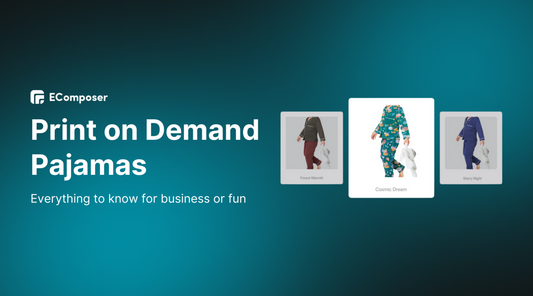
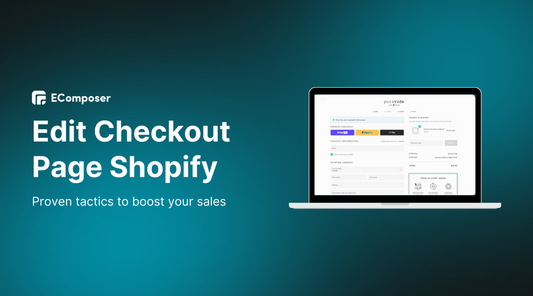
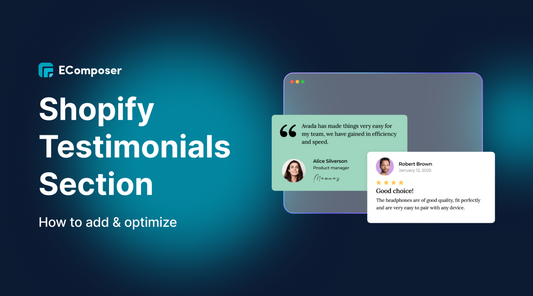
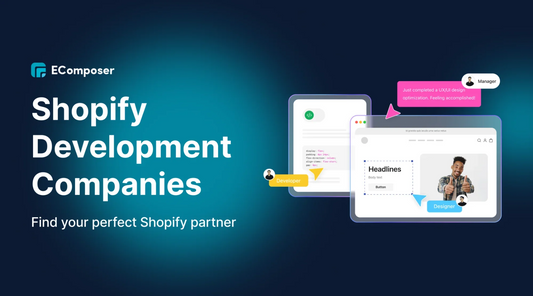








0 comments